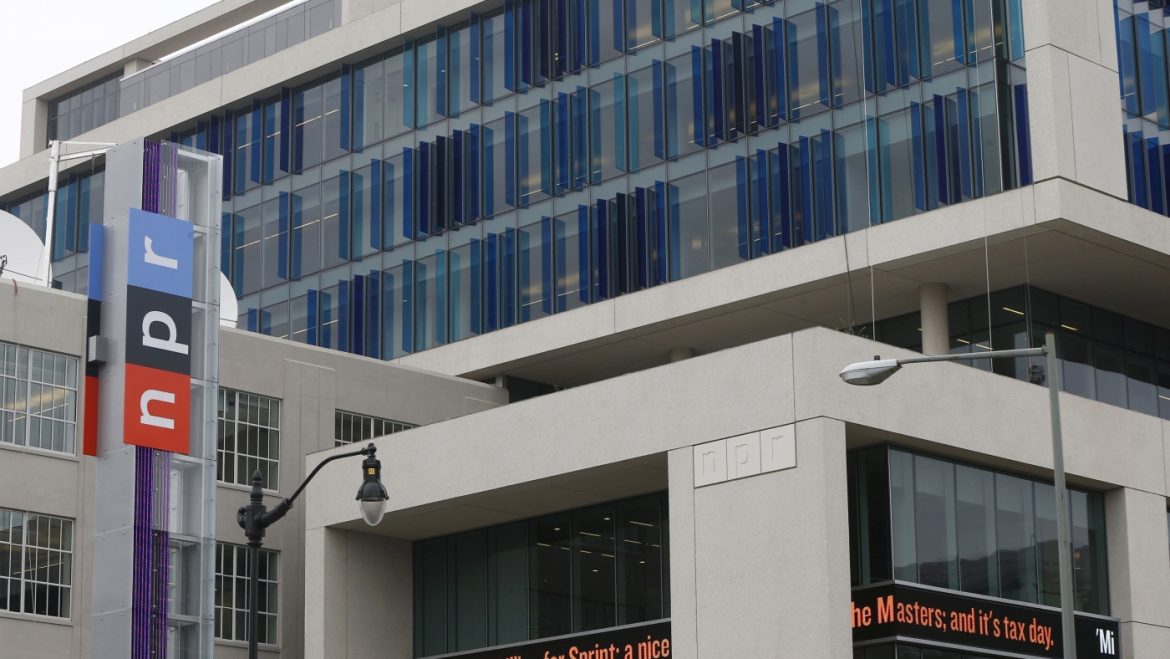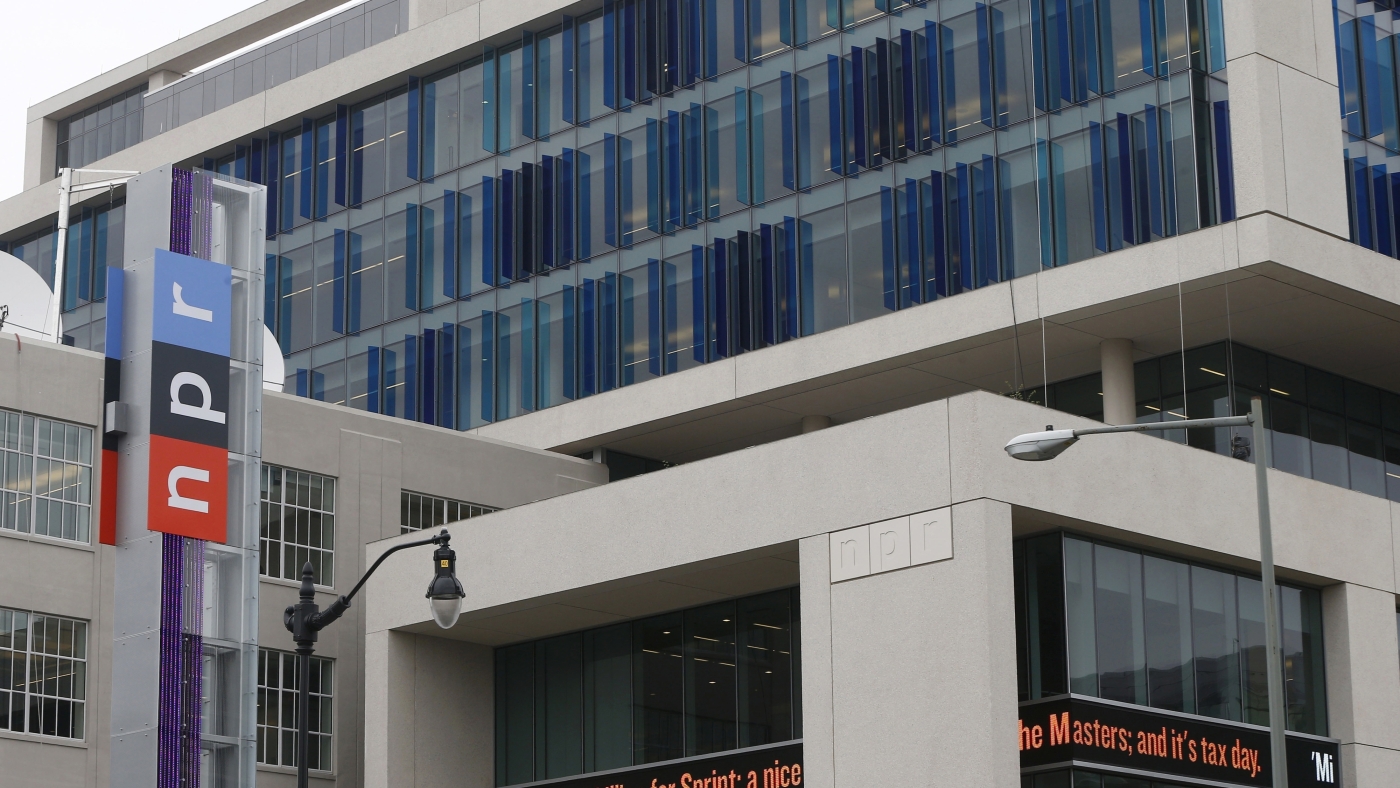Analysis of the Recent U.S. House Vote to Rescind $1.1 Billion in Public Media Funding
The U.S. House of Representatives recently passed a highly contentious measure to rescind $1.1 billion in federal funding for public media outlets, including NPR and PBS. This vote, largely split along party lines and narrowly approved by a 214 to 212 margin, forms part of a broader rescission package amounting to roughly $9.4 billion in cuts. The funding clawbacks target public broadcasting as well as foreign aid programs that Congress had previously approved.
—
Context and Background of the Vote
The rescission bill emerged from requests made by former President Donald Trump, who publicly criticized NPR and PBS for perceived liberal bias. Trump urged Congress to cut funding to these public media institutions, framing it as part of an “America First” ideological effort to reduce what conservatives see as excessively “woke” programming and restore a different narrative balance. The bill also encompasses significant foreign aid reductions, aligning with Trump’s broader agenda of scaling back U.S. involvement abroad and reprioritizing federal spending.
The House’s razor-thin vote margin underscores the divisiveness of the package. It passed mainly along party lines, with four Republicans joining Democrats in opposition. Two Republicans switched their votes from “no” to “yes,” tipping the balance just enough for approval. This close tally reflects intra-party debate and the contentious nature of rescinding previously approved spending.
—
The Implications for Public Media
The $1.1 billion roll-back will strip NPR, PBS, and associated public broadcasters of funding that supports programming, journalism, educational content, and community outreach nationwide. Public media outlets often rely on a mix of federal grants, viewer/listener donations, and private sponsorships. The federal portion helps sustain independent journalism and educational initiatives that might not attract commercial investment but have high public value.
Cutting this funding threatens the viability of these organizations, which serve millions with news, cultural programming, children’s content, and diverse viewpoints. It could lead to scaled-back services, layoffs, and diminished programming quality or quantity, impacting public access to noncommercial media. Advocates argue these cuts weaken public interest journalism, reducing media plurality and critical investigative reporting.
—
Political and Social Polarization
This funding cut is more than budgetary—it carries strong political symbolism. It exemplifies the ongoing culture wars, with public media becoming a flashpoint in the broader conflict over information, ideology, and government support. Supporters of the rescission package view NPR and PBS as emblematic of media bias favoring liberal perspectives and believe federal funding implicitly endorses that bias.
Opponents stress that public media remains one of the few relatively unbiased, fact-driven sources of news and education available widely and argue that politicizing funding undermines democratic discourse and media diversity. This debate reflects a growing trend of partisan cleavages influencing federal budget decisions, where funding becomes a lever for ideological battles rather than consensus priorities.
—
Broader Budgetary and Policy Considerations
The $9.4 billion package of rescissions, including the $1.1 billion cut to public media, also trims foreign aid and other federal expenditures. While framed as fiscal discipline by proponents, many analysts view such rescissions as primarily political, targeting programs unpopular with certain constituencies rather than based on comprehensive budget analysis.
Foreign aid reductions accompany the public media cuts, reflecting skepticism toward global engagement and spending perceived as excessive or misdirected. Critics warn that slashing aid harms U.S. diplomatic efforts, humanitarian missions, and global health programs, which enrich U.S. national security and humanitarian reputation.
—
Next Steps and Potential Outcomes
Following the House vote, the bill moves to the Senate, where it requires only a simple majority for passage before reaching the President’s desk. Given the narrow House support and the potential for even more divided Senate opinion, the future of the rescission package remains uncertain. Should it pass both chambers and be signed into law, the impacts on public media outlets such as NPR and PBS would likely be immediate and profound.
The controversy surrounding this vote foreshadows continued battles over federal funding and the role of government in supporting media institutions. It signals a heightened readiness among certain political factions to challenge longstanding funding arrangements based on shifting cultural and ideological priorities.
—
Conclusion: A Turning Point in Public Media Funding and Political Discourse
The recent House vote to claw back $1.1 billion in public media funding marks a significant moment in U.S. media policy and political culture. Beyond immediate budget cuts, it crystallizes deepening divides over the federal government’s role in supporting public broadcasting and reflects broader partisan and ideological struggles defining contemporary American politics.
As public media faces financial threats from this rescission effort, the outcome will shape the landscape of independent journalism and educational programming for years to come. Whether this prompts a renegotiation of public media’s mission, funding model, or political standing remains an open question, but the narrowing space for bipartisan support suggests heightened contention ahead.
This episode encapsulates the complex intersection of fiscal policy, media trust, and political identity in the United States—highlighting the fragility and importance of public institutions in a polarized era.


